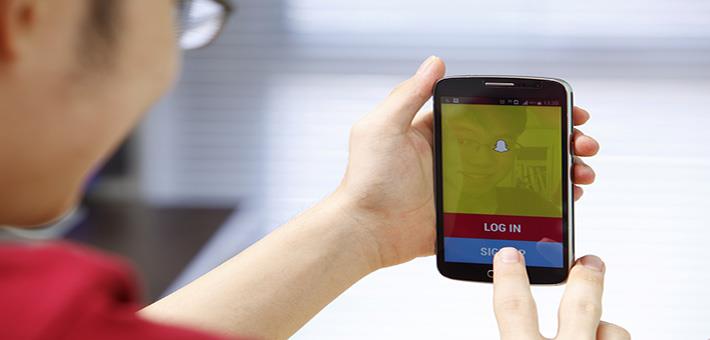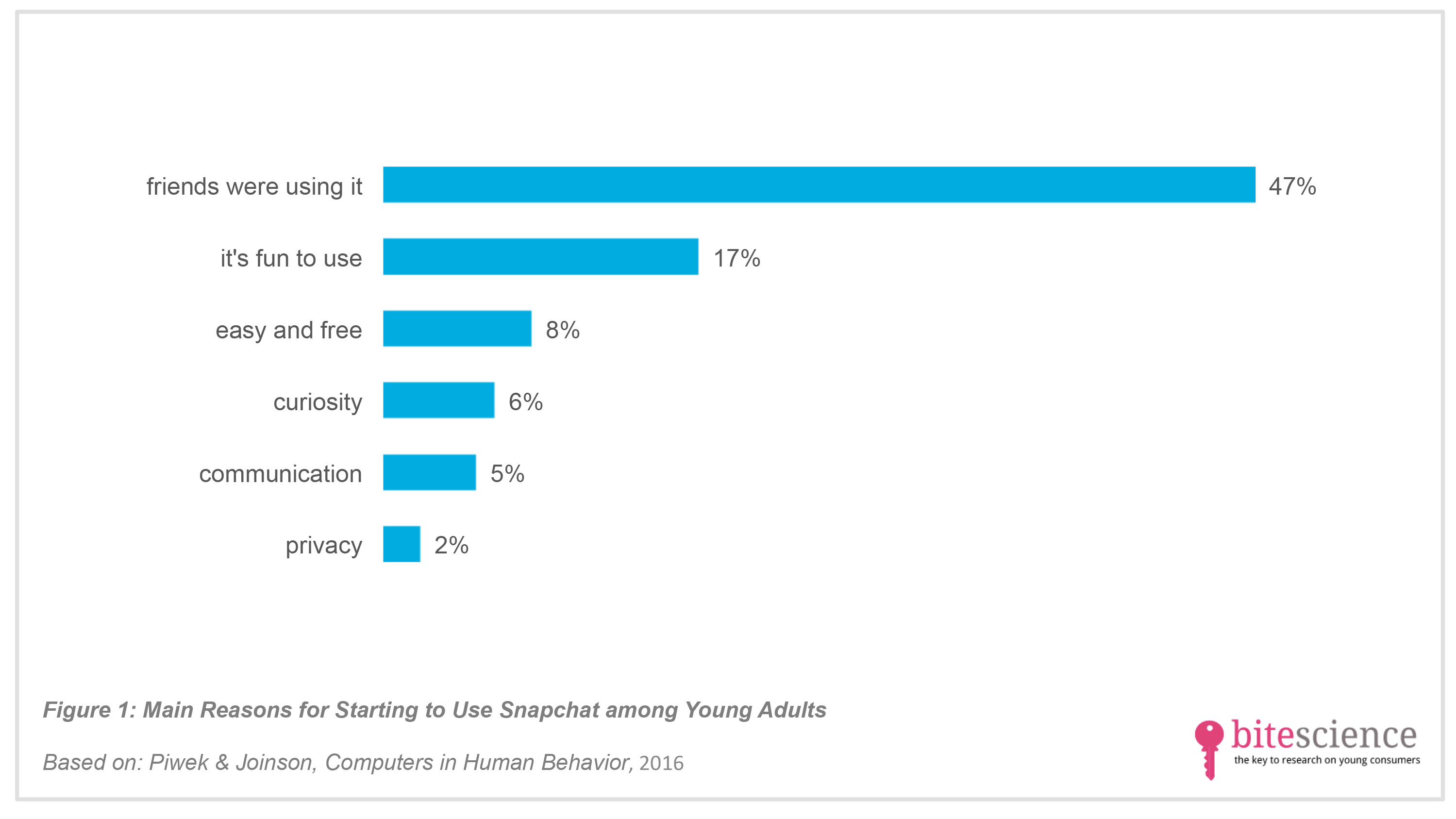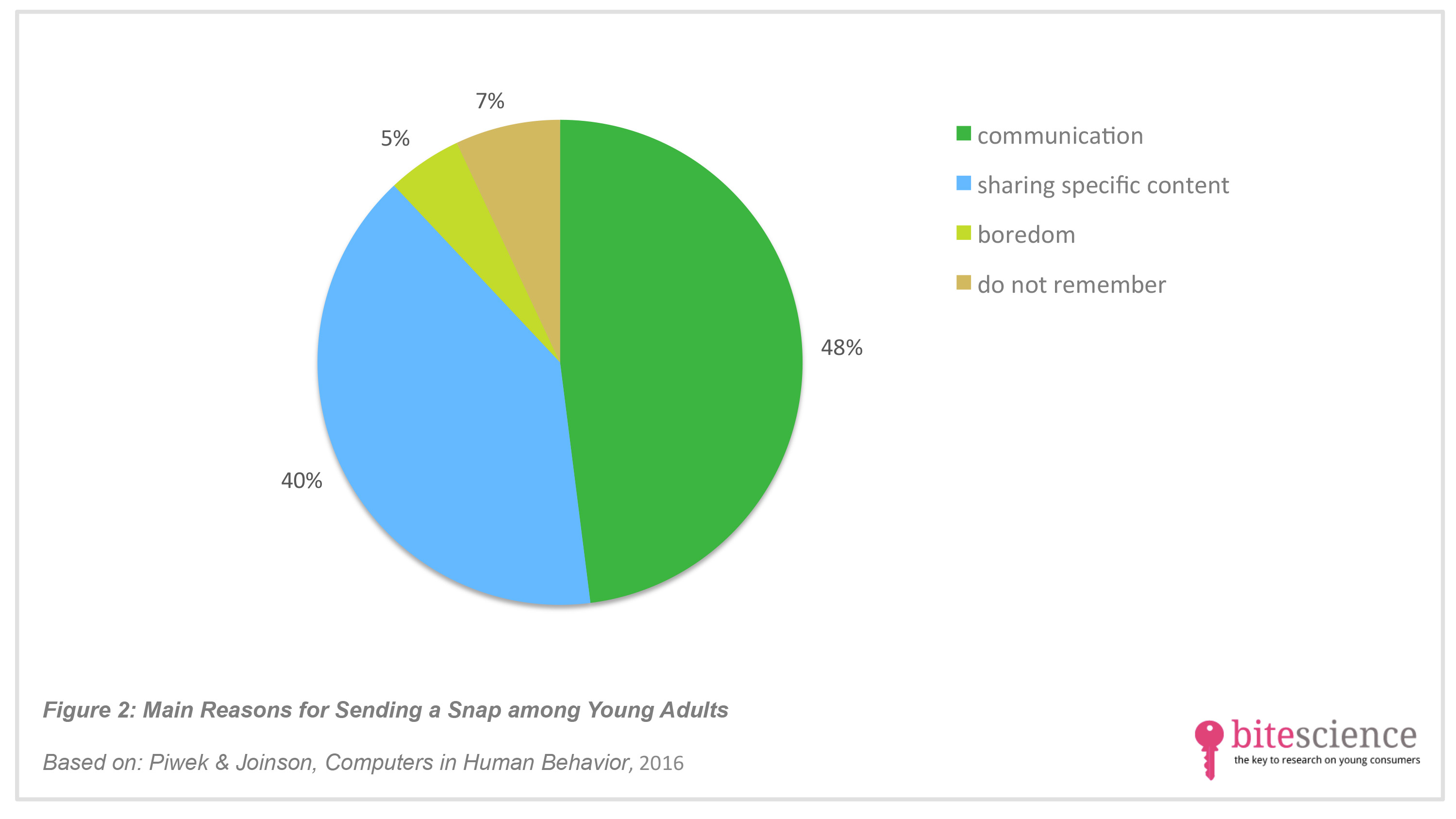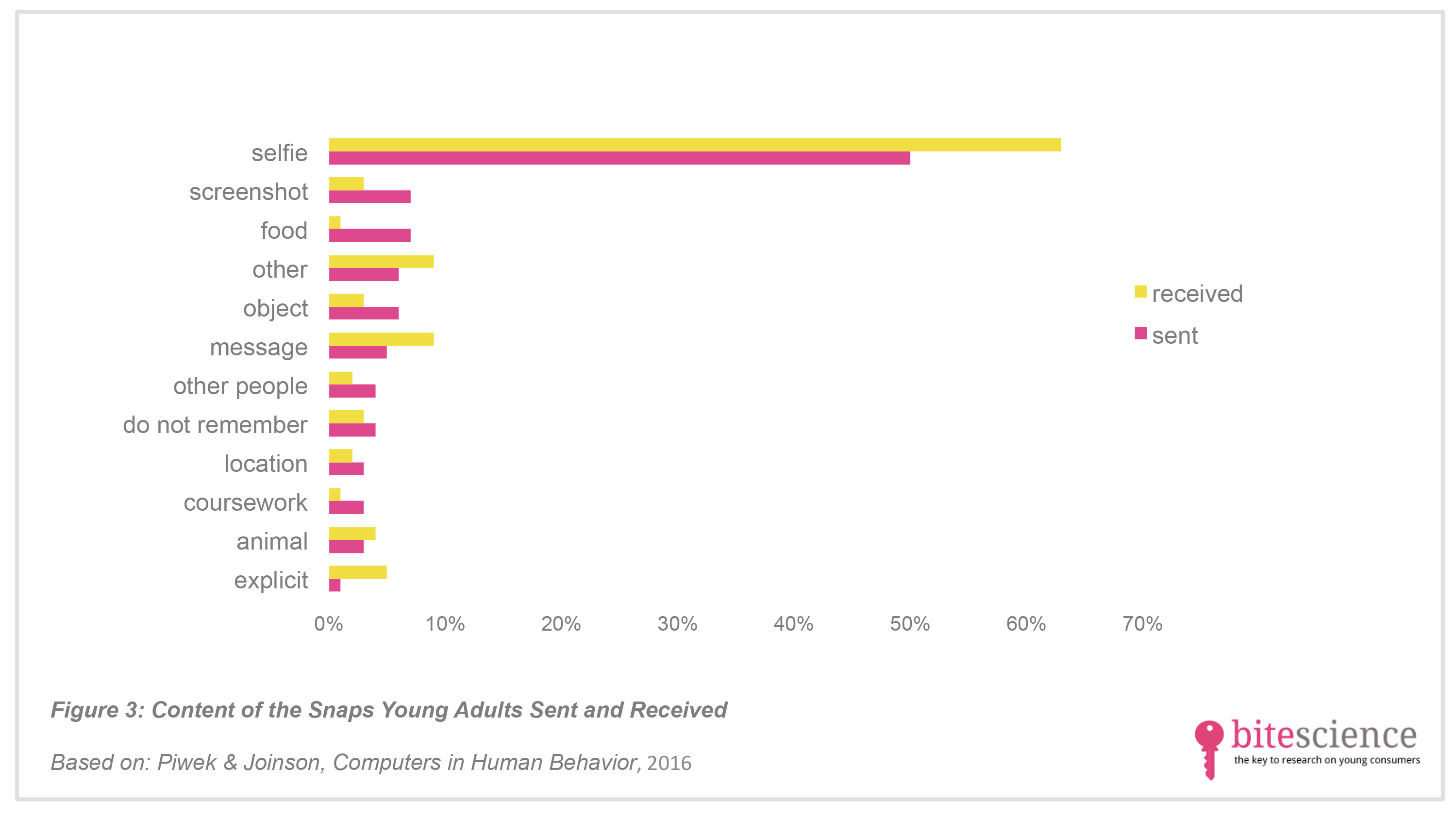
Snap! What Was That About? – How Young Adults Use Snapchat
The instant messaging app Snapchat has recently become tremendously popular among youth. A study in Computers and Human Behavior that investigated young adults’ Snapchat use shows that the app is readily embedded in their online communication habits.
Take aways
- Young adults use Snapchat as a playful instant messaging tool for quick communication and sharing of content (especially selfies) with close others.
- Snapchat is mainly used to enhance close relationships with friends, partners, and family, rather than to improve weak social connections.
- For educators and other professionals working with youth it is good to know that the playful, effortless, and positive nature of Snapchat communication can provide a new means of youth engagement.
Study information
The question?
How and why do young adults use Snapchat, and how does the intensity of their Snapchat use relate to their social relationships?
Who?
209 first-year students at the University of the West of England (67% girls; 89% was aged between 16 and 25; 89% had an European-American background)
Where?
United Kingdom, Bristol
How?
The researchers invited all first-year students at the University of the West of England to take part in the study via e-mail. In order to participate, the students had to be a (former) Snapchat user. The 209 young adults that agreed to participate filled out an online questionnaire that contained questions about their general use of Snapchat (e.g., reasons to use the application and who their Snapchat friends are) and questions about the last “snap” they sent and received (e.g., time and location of sending, type of photo, reason for sending). Moreover, a subset of 97 young adults (70% girls) also participated in a follow-up survey in which they answered questions about the intensity of their Snapchat use (e.g., time spent on Snapchat and number of Snapchat friends) and how Snapchat facilitates their social relationships (e.g., whether Snapchat use further builds strong-tie relationships or broadens weak-tie relationships).
Facts and findings
- Reasons why young adults started using Snapchat (see Figure 1):
- friends were using it (47%);
- it’s fun to use (17%);
- easy and free (8%);
- curiosity (6%);
- communication (5%);
- privacy (2%).
- Young adults’ main reasons for sending a snap (see Figure 2):
- communicating (48%);
- sharing funny, personal, or emotional messages (40%);
- boredom (5%);
- do not remember (7%).
- For 95% of the participants, the last snap they sent was a photo. The majority of these photos (74%) contained additional ‘doodles’ (e.g., scribbles or typed text), mostly in the form of a text message and sometimes a drawing.
- The last photo participants received was often a selfie (63%). See Figure 3 for the prevalence of other categories of the snaps young adults sent and received.
- Most snaps (75%) were sent from locations at participants’ homes at times around noon (between 10 am and 2 pm) or in the evening (between 7 and 11 pm).
- The recipient of participants’ snaps most often was a single person (73%), like a close friend or partner. When participants sent a snap to a group of people (27%), they most often sent it to a group of close friends or mix of random people.
- Most participants reported to send a snap when they were in a good or very good mood (76%), whereas 18% was in neither a good nor a bad mood, and 5% was in a bad mood when sending the snap.
- Participants who said to be more actively engaged in Snapchat (having more Snapchat friends and spending more time using the app) also experienced more positive relationships with close others. This was especially true for girls as opposed to boys. The authors suggest that females might be more adept to use new ICT affordances to manage their closest relationships than males.
- Moreover, participants who were more actively engaged in Snapchat (having more Snapchat friends and spending more time using the app) also experienced more positive relationships with distant others.
- Remarkable fact: Participants had no concerns about privacy or security issues and only three of them said they shared or received sexually sensitive content.
- Critical note: Because the content of the snaps was not available, the researchers asked participants to recall the last snap they sent and received when answering the questionnaire. This single Snapchat message might not be representative for all snaps young adults send and receive and the results should thus be interpreted with caution.


